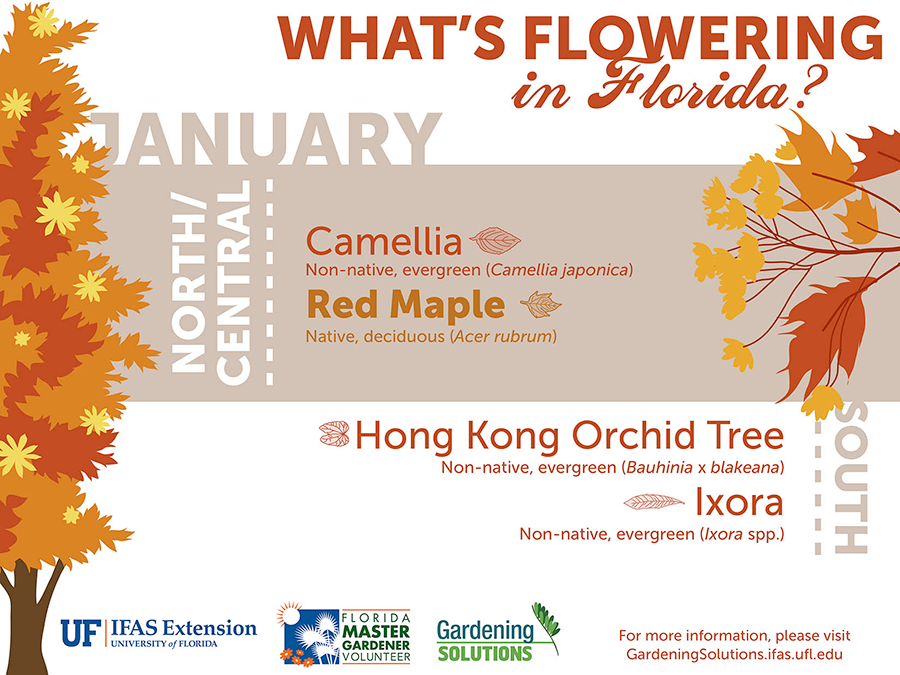Indicators That It Is Required To Eliminate A Tree - A Manual For Homeowners
Indicators That It Is Required To Eliminate A Tree - A Manual For Homeowners
Blog Article
Article Writer-Hollis Long
Trees add appeal and worth to home, yet they can likewise posture a risk throughout extreme weather condition events. If a tree has actually quit growing, is showing noticeable fungal growth, or has a leaning trunk, it must be removed by a specialist to avoid property damage and injury.
For more information, participate in a home owner resource reasonable co-hosted by HPD, the Facility for NYC Neighborhoods, and Brooklyn-based real estate companions this evening in Bedford-Stuyvesant. https://www.bobvila.com/slideshow/12-big-ideas-for-small-backyards-50206 will certainly feature the Property owner Handbook, a new overview to aid property owners browse the responsibilities of possessing a home.
1. Dead or Perishing Branches
Trees are an indispensable part of your home's landscape, using color and beauty. They likewise give shelter for wildlife and create oxygen, yet even healthy trees can experience health problems that might necessitate their removal. Dead or dying trees aren't simply undesirable, they can be unsafe. Their branches can drop throughout a storm, causing pricey residential or commercial property damages and injuries.
When a tree's branches begin to die, it indicates that its framework is starting to break down. If the majority of its branches are dead, it is likely time to remove it.
Try to find a lack of brand-new growth, bark peeling, open wounds or dental caries, fungi growing on the trunk or origins and a basic appearance of decay in the whole cover. These indications of infection can show a major trouble that will need specialist tree solutions to resolve.
2. Leaning Trunk
While it's typical for trees to lean from time to time because of phototropism, if a tree has an unsafe or extreme lean that's not as a result of natural processes - maybe an indication that the tree requires to be removed. If the tree is favoring a power line, home, car, play framework or any other area that could be hazardous to individuals if it drops, then getting in touch with an expert tree service for removal must be a leading priority.
It's also vital to look for any type of sudden changes in a tree's leaning as it can indicate damages to the roots or trunk that might result in falling. https://docs.google.com/spreadsheets/d/1Y1lmL6KYVgYoAGN9Rga_FW2WzsWL6F65En6o39aUBHM/edit?gid=1981363716#gid=1981363716 is specifically real throughout thundercloud, because high winds and rain-soaked soil can trigger a lean to change rapidly. Normal monitoring, especially during and after storms can aid house owners identify possible issues with their trees so they can call an arborist for a comprehensive examination.
3. Parasite Infestation
Some pest infestations, such as wood-boring bugs like emerald ash borer or sap-suckers like range bugs, are so extreme that they can trigger a tree to pass away. The best method to avoid pest infestation is to check your trees on a regular basis. Look for areas, openings, or stainings in the leaves and bark. Analyze the trunk for cracks and indications of insect damage, such as passages or tracks.
If a tree ends up being as well infested with bugs, or is close to a home or high-voltage line, an arborist may recommend removal. If a leaning tree establishes a brand-new, unpredictable lean, an arborist will likely suggest removal too to make certain the safety of individuals and home. If a damaged or dead tree consistently drops too much branches, it is a sign that it is time to remove the tree. If a tree remains to lose branches for an extensive time period, it might cause structural problems and prospective property damage.
4. Damaged Trunk
Trees are a stunning and fundamental part of our landscape, yet they do call for routine care to maintain them healthy and secure. If a tree is harmed irreparable it is likely time for it to find down.
Look for https://docs.google.com/spreadsheets/d/14CZ1EqvrS4bTDXUjNA0r9MKnVcLeL7I41lrUxHzkPmo/edit?usp=drive_link of damage to the trunk, including upright fractures, seams, dead branch stubs, visible injuries or open tooth cavities and severe tree-rot. The existence of fungi at the base of the trunk is another advising indication. Fungis may suggest that the phloem and xylem (life-support cells) are jeopardized, allowing for the spread of condition or a future failing.
Likewise, take into consideration whether the tree has stopped growing. Healthy trees will have new development each year, which might show up as buds or branches growing and expanding. If you don't see any kind of new growth, it's a great idea to have an arborist examine the tree and follow their recommendation for elimination. A dying or harmed tree can drop and create property damage.